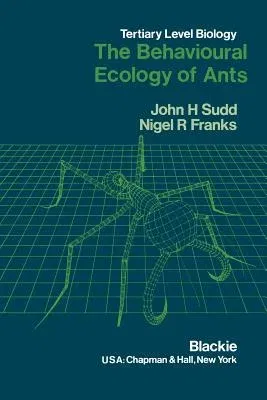J H Sudd
(Author)The Behavioural Ecology of Ants (Softcover Reprint of the Original 1st 1987)Paperback - Softcover Reprint of the Original 1st 1987, 23 August 2014

Qty
1
Turbo
Ships in 2 - 3 days
In Stock
Free Delivery
Cash on Delivery
15 Days
Free Returns
Secure Checkout
Part of Series
Developments
Print Length
206 pages
Language
English
Publisher
Springer
Date Published
23 Aug 2014
ISBN-10
9401079048
ISBN-13
9789401079044
Description
Product Details
Authors:
Book Edition:
Softcover Reprint of the Original 1st 1987
Book Format:
Paperback
Country of Origin:
NL
Date Published:
23 August 2014
Dimensions:
22.86 x
15.24 x
1.17 cm
Genre:
Ecology
ISBN-10:
9401079048
ISBN-13:
9789401079044
Language:
English
Location:
Dordrecht
Pages:
206
Publisher:
Series:
Weight:
299.37 gm

